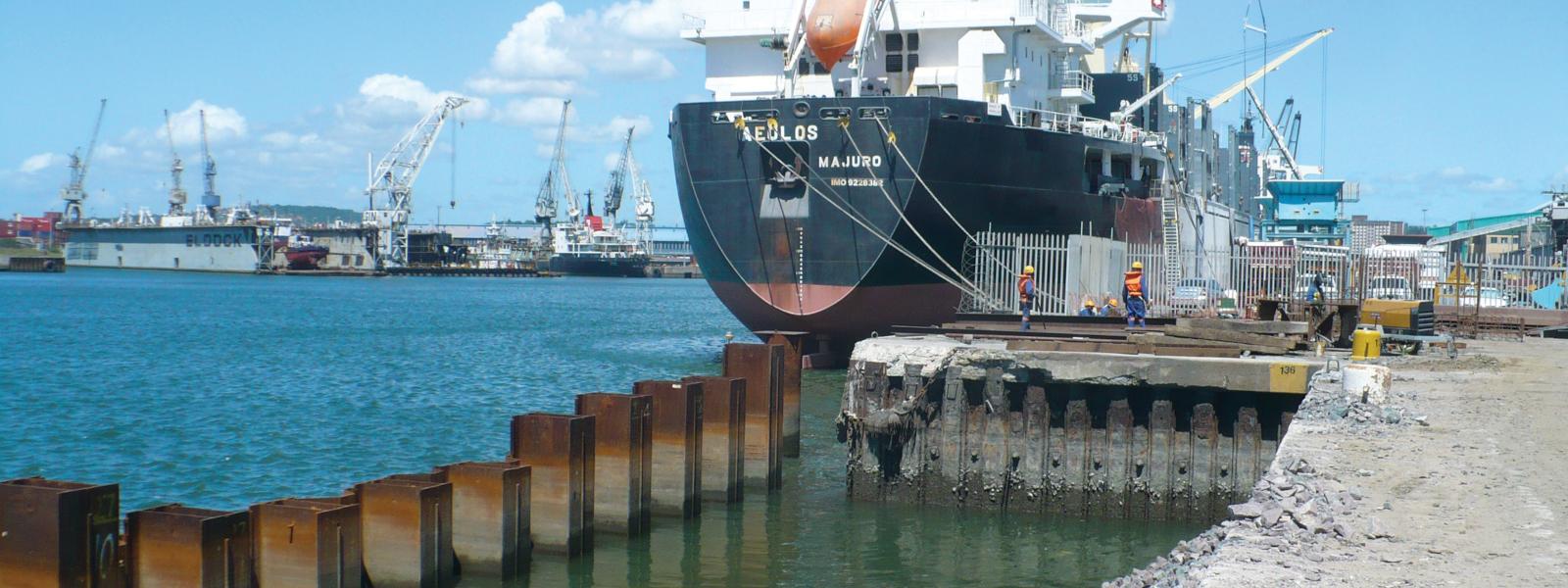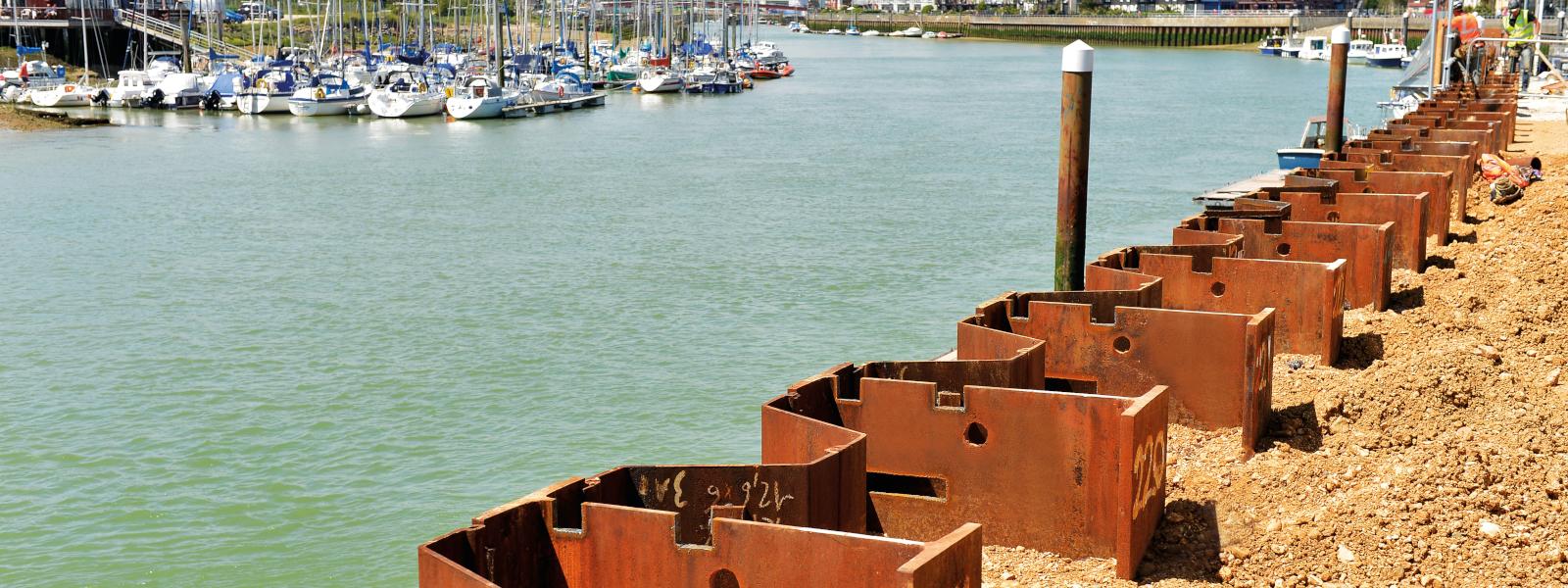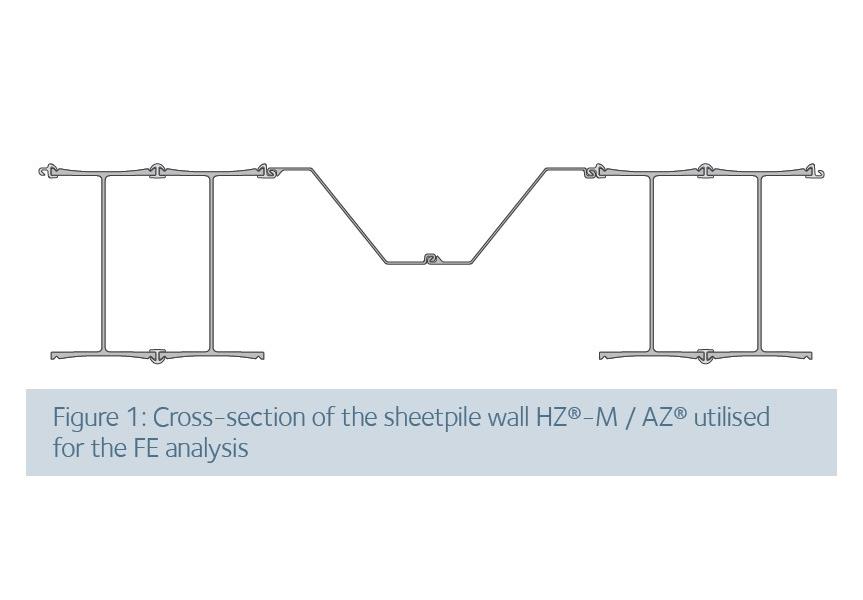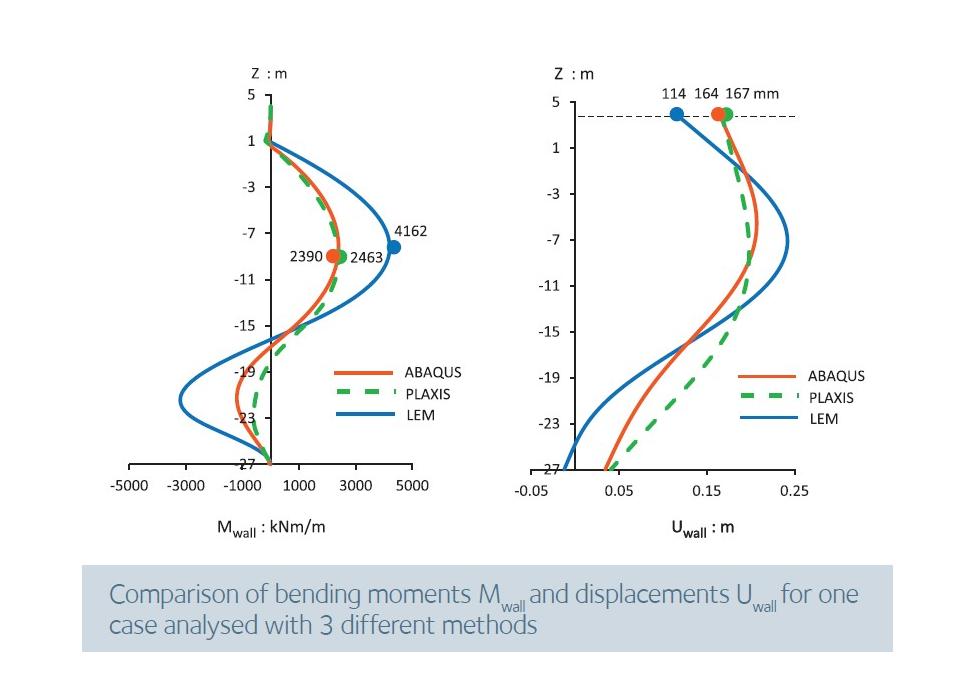Performance-Based Design for Seismic Areas | 2017
Revolutionizing Seismic Design with Steel Sheet Piles: A Performance-Based Approach
Towards performance-based design of Steel Sheet Piles retaining walls in seismic areas
In current practice, steel sheet piling (SSP) retaining wall structures are usually designed using user-friendly calculation tools, based on SubGrade Reaction Models (SGRM) or Limit Earth Pressure Approach (LEM). If seismic actions are to be considered in accordance with Eurocodes, then the same models may be used together with the ground pressure coefficients, according to Mononobe-Okabe (MO) pseudo-static method.
However, the MO coefficients were developed for rigid walls and thus, cannot take into account the flexibility of SSP solutions. This very conservative approach can lead to an unfavourable sheet pile wall design or, in the worst case, lead to the fact that SSP solutions might not be applicable in highly seismic areas.
Download
 English
English







